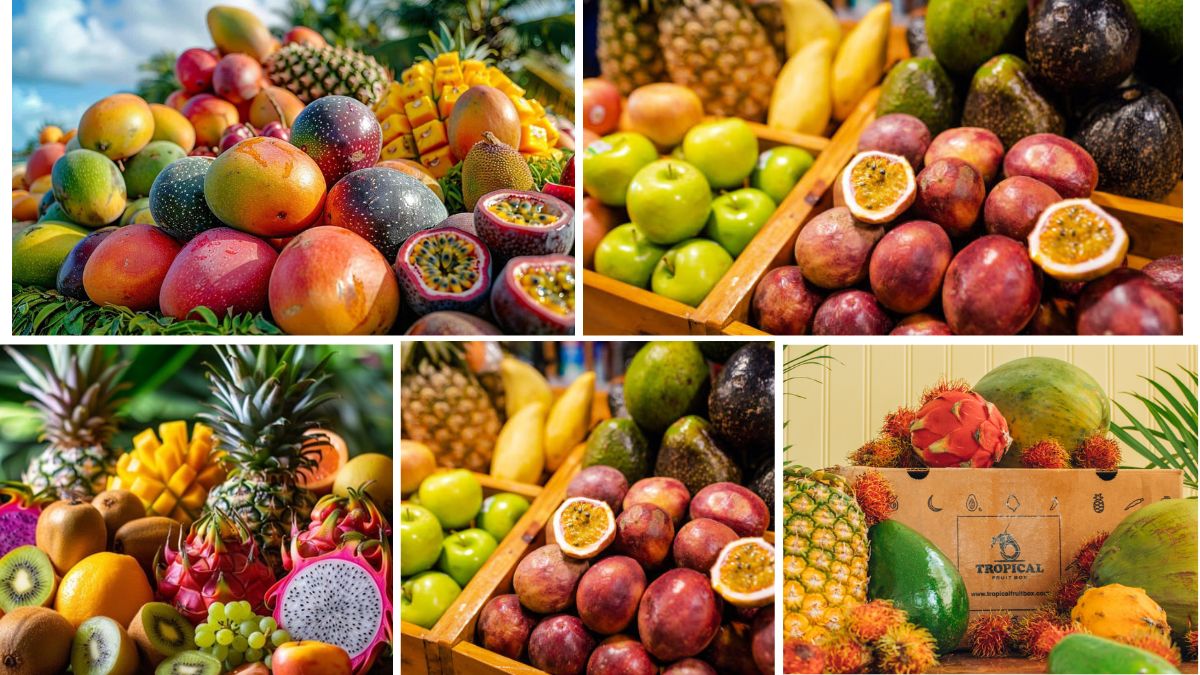In the global marketplace, where fresh produce like fruits travels thousands of kilometers across continents, the ability to track and trace these goods is critical. With perishable goods, timely delivery, quality assurance, and documentation compliance are key. That’s where digital tools for tracking fruit exports come into play. These tools are revolutionizing the agriculture export industry, ensuring greater transparency, efficiency, and profitability.
This article explores the various digital tools used to track fruit exports, how they work, the benefits they offer, and what the future holds for exporters embracing this technology.
Why Tracking Fruit Exports Matters
Tracking fruit exports is not just about logistics—it’s about ensuring quality, compliance, and trust:
- Freshness & Shelf Life: Fruits are highly perishable; any delay or improper handling can lead to spoilage.
- Trade Compliance: Exporters must meet international phytosanitary, labeling, and documentation requirements.
- Customer Trust: International buyers want assurance about origin, quality, and delivery timelines.
- Data-Driven Decisions: Exporters need real-time data to manage inventory, shipping, and market conditions.
Key Digital Tools in Fruit Export Tracking
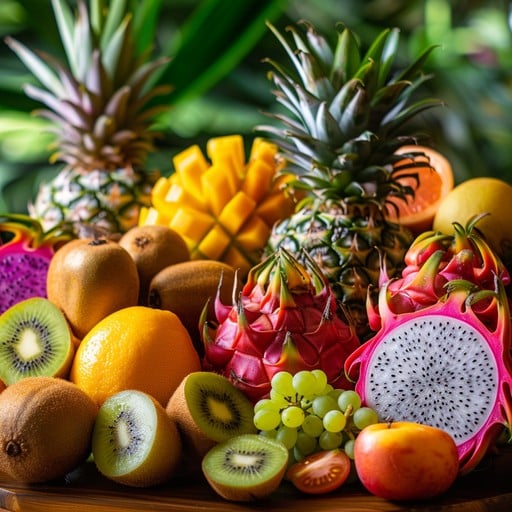
Here are the primary technologies transforming how fruits are tracked globally:
1. RFID (Radio Frequency Identification)
RFID tags are small chips attached to fruit packaging that use electromagnetic fields to transfer data. These chips:
- Store information like origin, harvest date, and batch number.
- Can be scanned remotely during transit or at customs.
- Improve inventory management and reduce human errors.
Use Case: An Indian mango exporter uses RFID tags to monitor batches throughout the shipping journey, ensuring the right batches reach the right markets.
2. GPS and IoT-Enabled Sensors
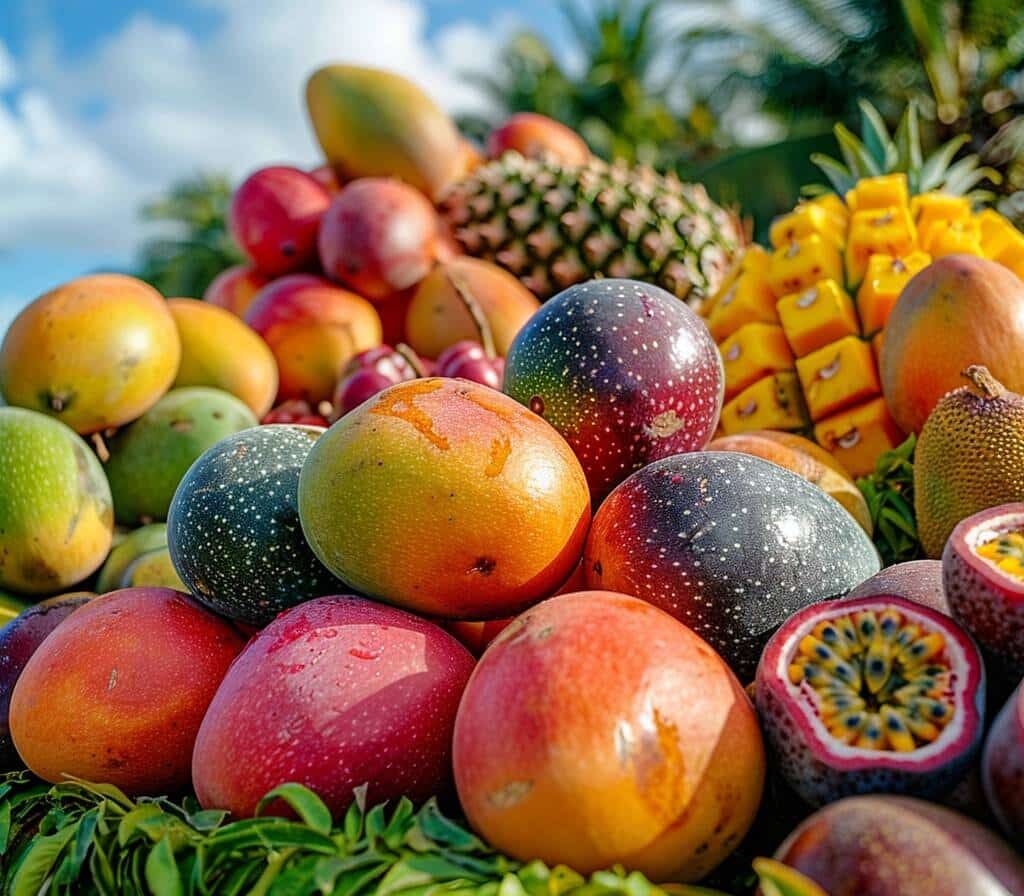
Smart containers or pallets fitted with GPS and IoT (Internet of Things) sensors allow exporters to:
- Track the exact location of shipments in real time.
- Monitor environmental factors like temperature, humidity, and light.
- Get alerts if the container exceeds safe limits.
Use Case: A papaya exporter from Kerala uses IoT sensors in containers to ensure the fruits stay at optimal temperatures en route to Europe.
3. Blockchain for Traceability
Blockchain provides a tamper-proof, decentralized ledger that records every transaction or change during export.
- Builds trust between exporters, importers, and consumers.
- Offers real-time traceability from farm to shelf.
- Reduces fraud and improves transparency.
Use Case: An organic banana farm in the Philippines integrates blockchain with QR codes, allowing European consumers to scan the package and see the farm details, packing date, and transport history.
4. Digital Export Documentation Systems
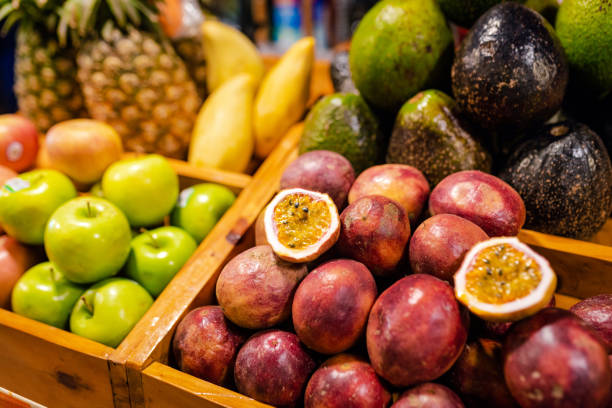
Digital documentation platforms simplify the export process:
- Auto-generate documents like phytosanitary certificates, bills of lading, and customs forms.
- Reduce paperwork, human error, and delays.
- Integrate with government portals for faster approvals.
Popular Platforms:
- Tradelens (Maersk & IBM)
- ePhyto (FAO/UN platform for digital phytosanitary certificates)
- ICEGATE (Indian Customs EDI Gateway)
5. Mobile Applications for Small Exporters
There are several apps tailored for small and mid-scale fruit exporters:
- Track shipments via mobile.
- Upload documents.
- Receive alerts for delays, document approvals, or market updates.
Examples: AgriDigital, FarmERP, CropIn, and AgNext.
6. Cloud-Based Supply Chain Management Systems
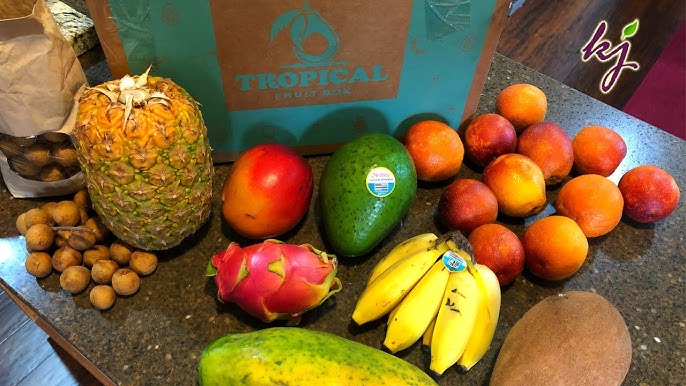
Platforms like SAP, Oracle SCM, and Zoho Inventory enable exporters to manage:
- Multiple fruit categories across various shipping lines.
- Integrated stock management with export records.
- Automated invoicing, order updates, and analytics.
Use Case: A large mango exporter in Gujarat integrates SAP with cold storage and shipping to monitor quality across its network.
Benefits of Using Digital Tracking Tools
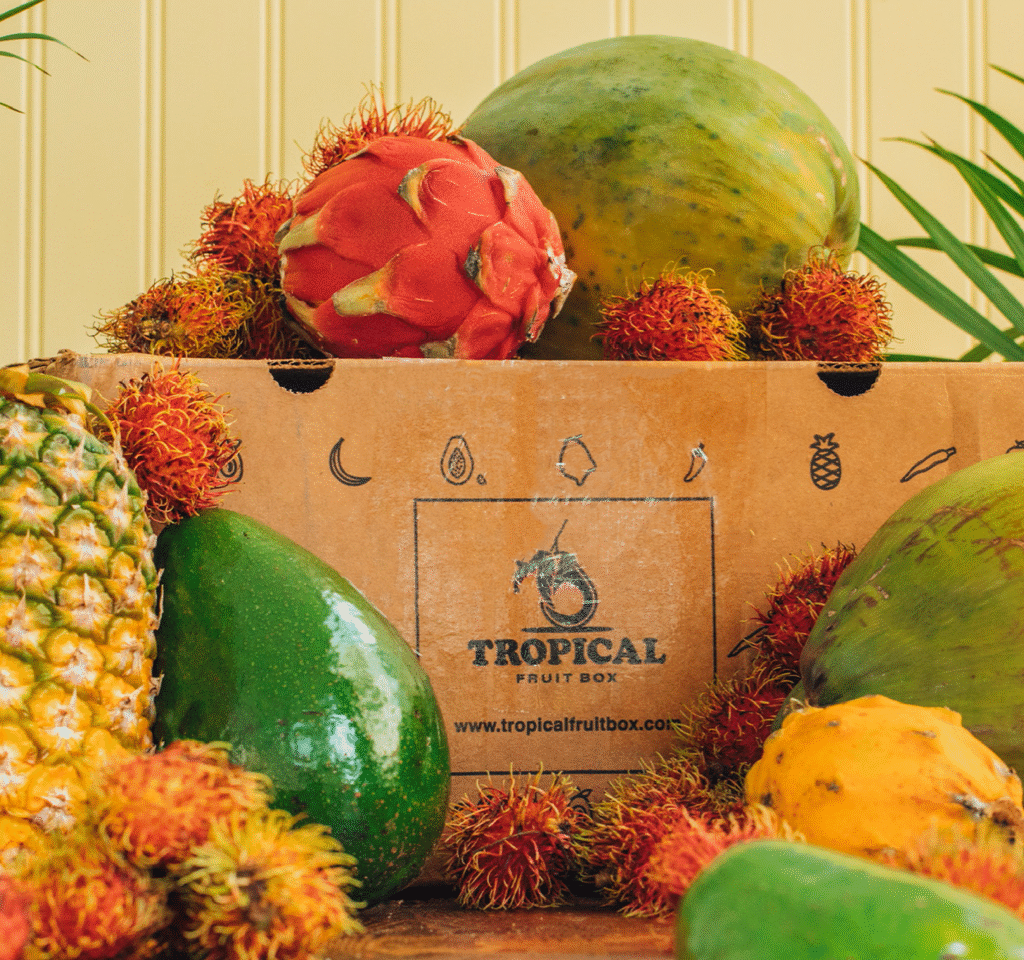
Here’s how these tools empower exporters and the entire supply chain:
Enhanced Transparency
Buyers know exactly where their fruit came from and how it was handled.
Improved Quality Control
With real-time alerts and sensor data, issues like spoilage or temperature breaches can be immediately addressed.
Regulatory Compliance
Meeting international standards becomes easier with automated documentation and traceability systems.
Higher Profit Margins
Reduced losses from spoilage, faster customs clearance, and optimized logistics lead to better ROI.
Increased Buyer Trust
Blockchain and QR code-based traceability systems help build long-term buyer relationships and brand loyalty.
Challenges in Implementation
Despite the benefits, several challenges remain:
- Cost: Initial setup of RFID, IoT, and blockchain systems can be expensive.
- Digital Literacy: Farmers and small exporters may lack the skills to use advanced tools.
- Connectivity: Remote farms often have limited internet access.
- Integration: Systems must be compatible across global platforms and standards.
Solutions and Support for Exporters
Governments, cooperatives, and agritech startups are helping bridge these gaps:
- Government Grants/Subsidies: Schemes like India’s Agri Export Policy 2018 offer financial support.
- Training Programs: Digital literacy workshops and agritech accelerators train farmers in export tech.
- Public-Private Partnerships: Organizations like APEDA and NABARD partner with tech companies to offer affordable solutions.
Future of Digital Export Tracking
The fruit export sector is heading toward a highly connected and automated future:
AI Integration
AI will analyze historical data and sensor inputs to predict spoilage, optimize shipping routes, and suggest ideal harvest times for different markets.
Predictive Analytics
Exporters can forecast demand and adjust supply chains based on trends, weather, and consumer behavior.
Drone Integration
Drones equipped with sensors may soon help track fruit from orchards to packaging centers, improving traceability from the very start.
Global Interoperability
Efforts are underway to standardize digital platforms so that an Indian exporter, a Dutch customs official, and a US retailer all work seamlessly on the same system.
Conclusion
Digital tools for tracking fruit exports are more than just tech upgrades—they’re essential for the future of global fruit trade. Whether it’s ensuring the quality of delicate papayas or building consumer trust in organic mangoes, these innovations play a vital role.
By embracing digital tracking, exporters can meet growing market demands, minimize risks, and build stronger, more transparent relationships with global buyers. The key lies in collaboration—between governments, exporters, and tech innovators—to make these tools accessible and effective for all players in the fruit export ecosystem.
